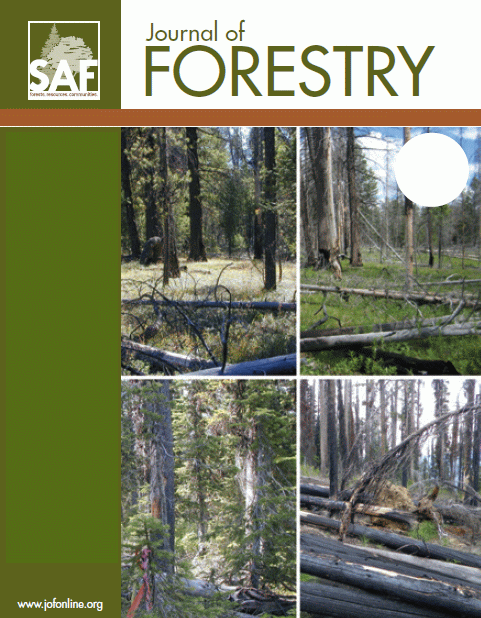-
PDF
- Split View
-
Views
-
Cite
Cite
B. Stanton, J. Eaton, J. Johnson, D. Rice, B. Schuette, B. Moser, Hybrid Poplar in the Pacific Northwest: The Effects of Market-Driven Management, Journal of Forestry, Volume 100, Issue 4, June 2002, Pages 28–33, https://doi.org/10.1093/jof/100.4.28
Close - Share Icon Share
Abstract
Hybrid poplar is a new addition to the Northwest's agricultural economy, with over 50,000 acres currently in production. Originally conceived as feedstock for the energy industry, poplar has been grown primarily as raw material for the paper business. However with falling prices for wood chips, efforts are now under way to manage poplar for the solid wood market. Poplar's utility also extends to its use in the treatment of municipal and industrial wastewater, nutrient removal from agricultural runoff, and phytoremediation of industrial landfills. Future applications are likely to exploit its carbon sequestration ability in the developing markets for tradable pollution credits.




Comments